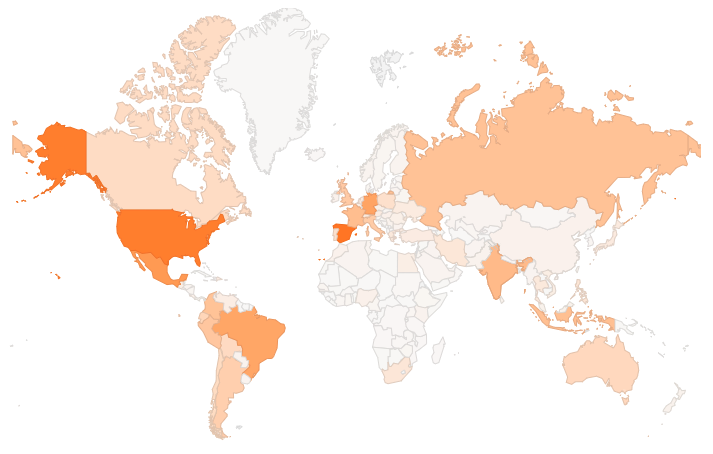
In its simplest form, a Learning Management System (LMS) is a software system used to host learning in an online environment. LMSs range from those having little functionality to those with extensive, feature-rich capabilities. Those with fewer features are generally less expensive and easier to use. Those with more features are usually more expensive and difficult to use. We’ll discuss exceptions to both these statements below.
Types of LMSs
On-Premise
An on-premise LMS is hosted onsite and uses a company’s infrastructure. The software is loaded on the company’s computers and the company’s network is used to transfer information back and forth. This type of LMS may offer a company more security and may provide them more control over where data is stored. A tradeoff is that it will require more physical and personnel resources to operate and maintain. Also, it may be more difficult for the LMS provider to access, update, and maintain the system.
Cloud-Based
A cloud-based LMS is hosted “in the cloud.” That is to say the servers, storage, networking, and other computing services are delivered over the Internet. With this type LMS, the LMS provider typically “owns” the server and a company must rely on the LMS provider for access to that server.
There are many advantages to this type of hosting. Learning hosted on the LMS is available to anyone, anywhere as long as they have the right tools, the right url address, and the right login and password credentials. The LMS provider can more easily turn on and off features, making the LMS highly configurable. The operating costs can be less expensive because the company doesn’t need to have and maintain the computer and network infrastructure. Also, the system speed can be more because the cloud-based resources are often upgraded on a more regular basis. Although, as mentioned above, the LMS provider owns the server, this is often not a major drawback since the LMS provider is likely using cloud-based resources to host their software.
Proprietary
Most LMSs available today use some type of proprietary software. The LMS provider owns the source code. The company using the LMS has no access to that code to make any updates or modifications. The LMS provider is thus in full control of available features and functionality. A good point about this type of system is the company using the LMS may have very little setup and configuration to do. A drawback is that setup and configuration can be expensive, especially with more feature-rich systems. Also, if a company wants features and functionality not available, it will be quite difficult to get those. If possible, such customization can be very expensive. This is true even if the initial LMS is inexpensive.
Many organizations purchase an LMS with limited features in an effort to save money. They soon realize however that the LMS doesn’t have the funcuntionality they need to ensure learning occurs. When they try to upgrade the features, they realize they are stuck because the LMS provider either can’t provide the features or it is too expensive to have them do so.
Open Source
There are several LMSs available today built with open source software. The software code is free and open so any company can modify it as they wish. This provides much flexibility. Nevertheless, just because the software is free, it doesn’t mean the LMS solution will be free. Developing and maintaining such a system will often require some level of programming experience. If an organization doesn’t have the expertise inhouse, it can be fairly expensive to program and maintain an open source LMS.
Open source LMSs, just like proprietary LMSs, vary in features and functionality. Some of them provide limited “fresh out of the box” functionality. Some are targeted at particular market segments. Others are targeted at a broad market and provide a large number of features. One in particular, Moodle, provides a feature-rich platform right from the start. Moodle also has over 70 partners across the globe and hundreds of thousands of people in its developer community.

As of March 2021 it has over 178,000 registered sites spread across 242 countries. See https://stats.moodle.org/ for details.
